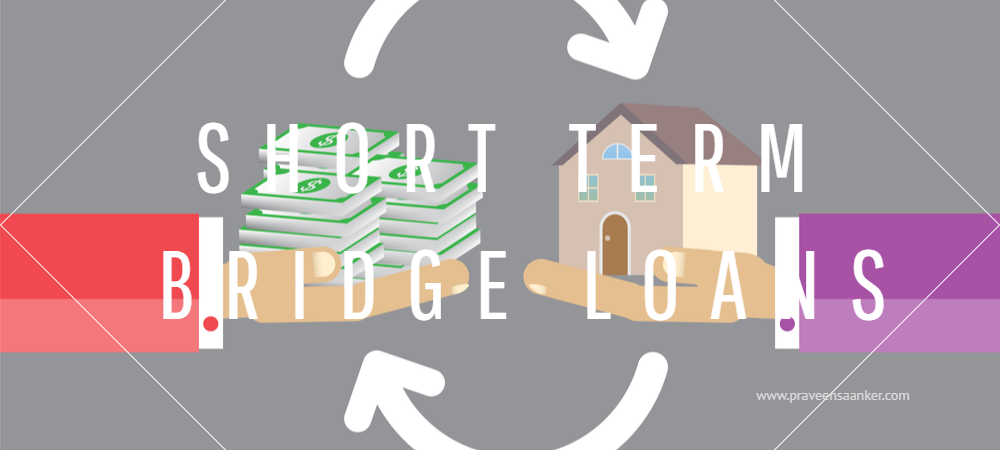What is a bridge loan?
A bridge loan is a short-term loan that can be used to pay off existing debts or secure permanent financing. The loan provides immediate cash flow to the borrower, allowing them to pay their current obligations. Bridge loans, which can be up to one year in duration, are backed by collateral such as inventory or real estate.
These loans can also be called bridge financing, or bridging loans.
Important Pointers on Bridge Loan
- A bridge loan is short term financing that can be used to finance a company or person until they are able to secure permanent financing.
- Bridge loans are usually for a short time, up to one year.
- These loans are usually used to purchase real estate. Entrepreneurs also try to make use of using these loans to fund their business priorities till such time a long term permanent financing option is arranged.
- Bridge loans can be used by homeowners to purchase a new home while their existing home is being sold.
How a Bridge Loan Works
Bridge loans are also known as gap financing, interim financing, swing loans or gap financing. They bridge the gap when financing is not available. Lenders can tailor these loans to suit different circumstances and corporations as well as individuals.
Homeowners can use bridge loans to purchase a home while waiting for their home to sell. Borrowers borrow equity from their existing home to pay down the down payment for a new house. While they wait for the sale of their home, this is possible. This allows the homeowner to have more time and gives them some peace of mind as they wait.
These loans have a significantly higher interest rate than other credit facilities like:-
- Loan against Property (LAP) Loan against Property is commonly known as LAP
- Commercial Purchase. Commercial purchase loans are popularly taken by businessmen and entrepreneurs by providing a mortgage.
- Second Mortgage Loan
- Reverse Mortgage
- Home Loan.
Example of a bridge loan
Neptune Capital provided a bridge loan to ABC Corporation when it wanted to buy the DB Towers. ABC was able to close the deal quickly on the DB Tower thanks to the quick approval of the short-term loan. The loan was used to partially cover the purchase of the building until ABC obtained more permanent, long-term financing.
Although bridge loans can provide instant cash flow, they come with significantly high-interest rates. They also require collateral.
Businesses and Bridge Loans
Bridge loans are used by businesses when they don’t have the funds to pay their bills or wait for long-term funding. Imagine a company doing an equity financing round that is expected to close within six months. The company may choose to borrow a bridge loan in order to fund its working capital, including rent, utilities and inventory costs.
Real Estate Bridge Loans
In the real estate sector, bridge loans are also common. A bridge loan is available to buyers who have a delay between purchasing a property and selling it. Lenders will typically only lend real estate bridge loans to borrowers who have excellent credit ratings and have low debt-to-income ratios. Bridge loans combine the mortgages on two houses, giving buyers flexibility while they wait for the sale of their older house. Lenders will only approve real estate bridge loans of 60% of the combined property value. This means that the borrower must have substantial home equity or cash reserves.
Bridge Loans vs. Traditional Loans
The approval and funding processes for bridge loans are typically faster than those of traditional loans. These loans have shorter terms and higher interest rates. They also tend to be more expensive than traditional loans. These terms are generally accepted by borrowers because they need quick and easy access to funds. Because they are aware that the loan is short-term, they will pay higher interest rates and plan to repay it with long-term, low-interest financing. Repayment penalties are not a problem with most bridge loans.








